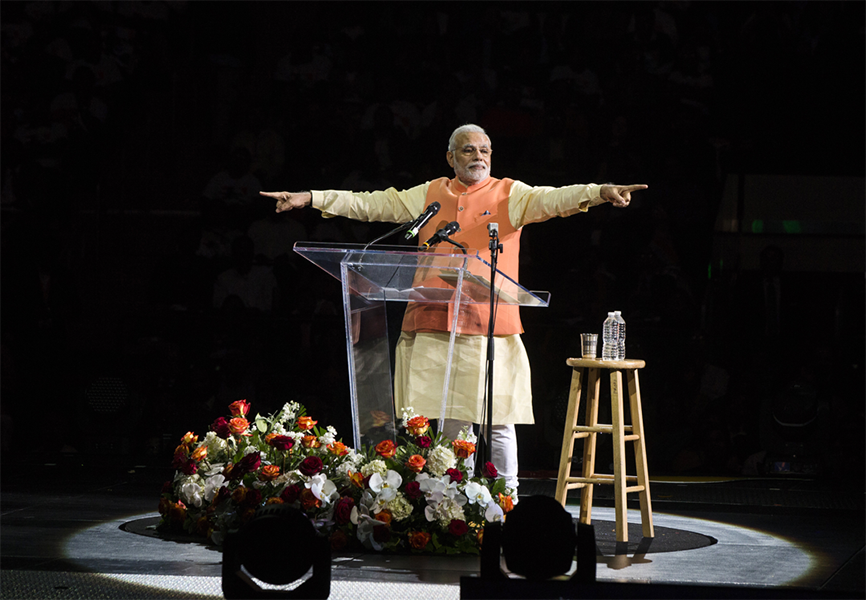With the dust just beginning to settle following Prime Minister Narendra Modi's massive victory in Uttar Pradesh, he and the BJP will inevitably be thinking about what's next. Their top concern will be how to carry the momentum forward and fulfil their aspiration of replacing the Congress as the pre-eminent national party. To achieve this goal, they will need to extend the party's reach and capture the elusive Upper House of Parliament. The solution to this lies in the south.
Congress' power is now waning and the BJP's leadership sees itself as the next national party with a pan-India presence. A nationwide presence would allow Modi to recast the country's institutions, and build a legacy that makes the current administration more than just another “non-Congress” government. Yet, the full conversion of the BJP as a Congress replacement will not be complete until, like the Congress, it expands its reach into more state capitals and accordingly secures the Upper House.
The recent state elections, including the BJP's sweep in UP and neighbouring Uttarakhand, will help. UP alone can give the BJP an additional eight seats each in 2018, 2020, and 2022. Collectively, the five state elections have the capacity to increase the NDA's upper house seat count from 74 to 100.
However, the BJP will not have a majority in the Upper House under Modi's current term, falling short of the necessary 123 seats.
Another 17 state elections will take place between the end of this year and 2019. In most of these, the BJP either has a commanding presence, or will need to aggressively campaign only to win a handful of Upper House seats. Yet, there are four southern states where the BJP does not have a major presence but can offer tremendous value: Karnataka, Andhra Pradesh, Odisha, and Telangana. These states hold the keys to Modi's aspirations.
The Telugu Desam Party, an ally of the BJP, is in power in Andhra Pradesh and wields substantial influence in Telangana. The BJP has a close working relationship with the TDP and should work through it to secure electoral support.
It is Karnataka and Odisha where the BJP will focus its attention, which collectively can add upwards of 18 Upper House seats for the party.
Tamil Nadu, with 18 Upper House seats, will hold elections in 2021. The AIADMK, which maintains significant control in the state, has had at best a tenuous relationship with the BJP.
From the BJP's vantage point, co-opting the AIADMK would be the ultimate coup and help the party expand its presence into the south. And the moment may finally be right, given the AIADMK's internal fissures. The two factions of the AIADMK are now at odds over who should lead the party following the death of its leader J Jayalalithaa. The BJP could embrace one of the factions.
In addition to building an Upper House presence, winning and developing a presence in these southern states will fulfil the BJP's desire to become a pan-India party and break out of the Hindi heartland. All other parties, including the Congress, will become regional entities bound by a common focus of dislodging the BJP.
Thus, 2017 appears to be a mirror of 1977 when a coalition of centre-right parties, including the BJP's predecessor Jan Sangh, came together with the main goal of breaking Congress' status as the national party.
The poles of politics in India are on the verge of completely flipping, an event that has decades-long implications for India, its governance, its institutions, and inevitably Modi's legacy. And for the BJP, the path to completing this re-orientation lies in winning the south.
This article was originally published by the Hindustan Times.

 India's Prime Minister Narendra Modi gestures while speaking at Madison Square Garden in New York, during a visit to the United States, September 28, 2014. REUTERS/Lucas Jackson
India's Prime Minister Narendra Modi gestures while speaking at Madison Square Garden in New York, during a visit to the United States, September 28, 2014. REUTERS/Lucas Jackson